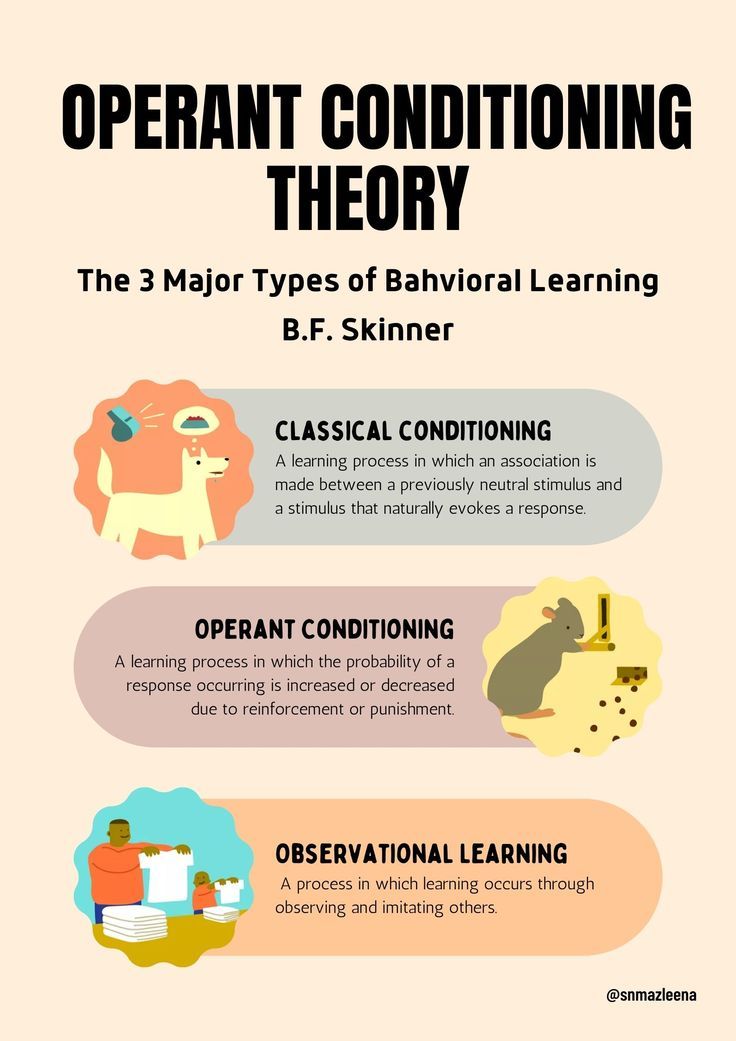Types of Conditioning in Psychology Explained

Understanding the various types of conditioning in psychology is crucial for grasping how behaviors are learned and modified. Conditioning plays a significant role in both personal development and therapeutic practices, making it a cornerstone of behavioral psychology. By exploring classical conditioning, operant conditioning, and other forms, we can better understand how our behaviors are shaped by our environment and experiences.
What is Conditioning in Psychology?

Conditioning refers to the process of learning through associations or consequences. It explains how behaviors are acquired, reinforced, or extinguished based on stimuli and responses. This concept is widely studied in psychology to understand human and animal behavior.
Classical Conditioning Explained
Classical conditioning, pioneered by Ivan Pavlov, involves associating an involuntary response with a new stimulus. The famous Pavlov’s dog experiment demonstrates this: a dog salivates (unconditioned response) to food (unconditioned stimulus) but learns to salivate to a bell (conditioned stimulus) after repeated pairings.
| Element | Description |
|---|---|
| Unconditioned Stimulus (UCS) | Automatically triggers a response (e.g., food) |
| Unconditioned Response (UCR) | Natural response to the UCS (e.g., salivation) |
| Conditioned Stimulus (CS) | Neutral stimulus paired with UCS (e.g., bell) |
| Conditioned Response (CR) | Learned response to the CS (e.g., salivation to bell) |

📌 Note: Classical conditioning is often used in advertising, where brands associate their products with positive emotions.
Operant Conditioning: Learning Through Consequences
Operant conditioning, developed by B.F. Skinner, focuses on voluntary behaviors and their consequences. It emphasizes how reinforcement and punishment shape behavior.
- Positive Reinforcement: Adding a reward to increase behavior (e.g., praising a child for completing homework).
- Negative Reinforcement: Removing an aversive stimulus to increase behavior (e.g., turning off an alarm by waking up).
- Punishment: Adding an aversive stimulus or removing a reward to decrease behavior (e.g., timeout for misbehavior).
📌 Note: Operant conditioning is widely applied in education, parenting, and workplace settings.
Other Types of Conditioning
Beyond classical and operant conditioning, other forms include:
- Observational Learning: Learning by observing others (e.g., children imitating parents).
- Latent Learning: Learning that is not immediately apparent but becomes evident when needed (e.g., remembering a route after not using it for years).
Practical Applications of Conditioning
Conditioning principles are applied in various fields:
- Therapy: Exposure therapy uses classical conditioning to reduce phobias.
- Education: Teachers use reinforcement to encourage learning.
- Marketing: Brands use conditioning to build consumer loyalty.
Key Takeaways
- Classical Conditioning: Associates involuntary responses with new stimuli.
- Operant Conditioning: Focuses on voluntary behaviors and their consequences.
- Observational Learning: Learning through observation.
- Latent Learning: Hidden learning that emerges when needed.
Checklist for Understanding Conditioning:
- Identify the type of conditioning in real-life scenarios.
- Recognize the role of stimuli and responses in behavior modification.
- Apply conditioning principles in personal or professional settings.
Conditioning in psychology provides valuable insights into how behaviors are learned and changed. By understanding classical, operant, and other types of conditioning, we can effectively influence outcomes in therapy, education, and everyday life. Whether you’re a student, professional, or simply curious, mastering these concepts can enhance your understanding of human behavior.
What is the difference between classical and operant conditioning?
+Classical conditioning involves associating involuntary responses with stimuli, while operant conditioning focuses on voluntary behaviors and their consequences.
How is classical conditioning used in therapy?
+Classical conditioning is used in therapies like exposure therapy to reduce phobias by associating feared stimuli with neutral or positive experiences.
Can conditioning principles be applied in marketing?
+Yes, marketers use conditioning to associate products with positive emotions or experiences, fostering brand loyalty and consumer behavior.
Related Keywords:
behavioral psychology, Pavlov’s dog experiment, Skinner’s operant conditioning, observational learning, exposure therapy, behavioral modification, learning theories.



